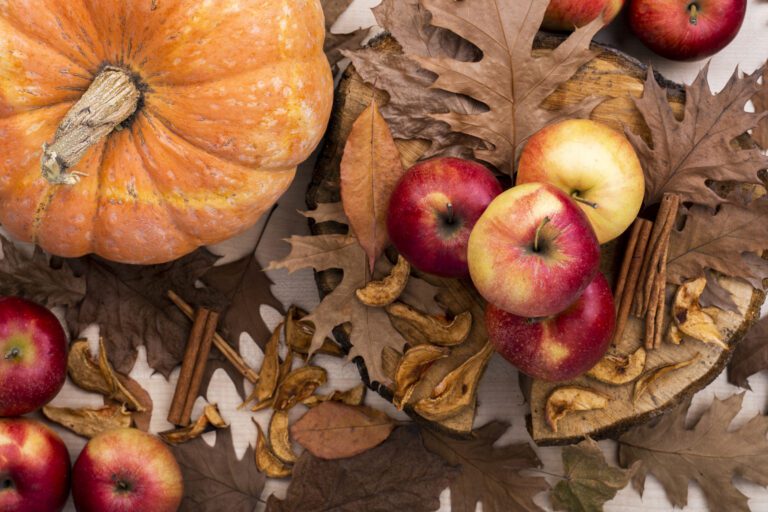When we talk about hormonal health, we often focus on whether our hormone levels are too high or too low. But as a Naturopathic Doctor, I want to introduce another crucial piece of the puzzle: how well your body processes, or metabolizes, its hormones. This is particularly important when it comes to estrogen.
Many common symptoms of hormonal imbalance—such as PMS, heavy or painful periods, breast tenderness, and mood swings—are not just about how much estrogen you have, but how efficiently your body deactivates and eliminates it after it has done its job. The two star players in this process are your liver and your gut. This post will give you an in-depth look at this vital connection and offer naturopathic tips for supporting your body’s natural estrogen metabolism.
The Journey of Estrogen: From Production to Elimination
Estrogen is a vital hormone for women’s health, but like any powerful messenger, it needs to be cleared out of the body once its message has been delivered. This detoxification process is a sophisticated, multi-step journey primarily managed by two key organs.
Why Insulin Resistance Matters for Your Health
Chronically high insulin levels create a state of inflammation and can contribute to a wide range of health issues, including:
Phase 1: The Liver's Critical Role in Detoxification
Your liver is the primary site for transforming estrogen into a water-soluble form that can be excreted. This happens in two phases:
- Phase I Detox: The liver uses a set of enzymes to begin breaking down estrogens.
- Phase II Detox (Methylation, Glucuronidation, etc.): This crucial phase “packages up” the estrogen metabolites, making them safer and ready for elimination through bile into your gut [1].
For these detoxification pathways to work efficiently, your liver requires a steady supply of specific nutrients, including B vitamins, magnesium, antioxidants, and unique compounds found in certain vegetables. If these pathways are sluggish, it can lead to a buildup of potent estrogen byproducts.
Phase 2: The Gut's Final Say (Introducing the Estrobolome)
Once the liver has processed estrogens and sent them to the gut for removal, your gut microbiome has the final say. The collection of bacteria in your gut with the ability to metabolize estrogens is known as the estrobolome [2].
A key player here is an enzyme produced by certain gut bacteria called beta-glucuronidase. In a balanced gut, its activity is normal. However, in a state of dysbiosis (an imbalanced gut microbiome), beta-glucuronidase activity can increase. This enzyme can essentially “unpackage” the estrogen that your liver worked so hard to prepare for elimination. This reactivated estrogen is then reabsorbed back into circulation, contributing to an overall higher estrogen load in the body, a condition often referred to as estrogen dominance.
Therefore, a healthy, balanced gut microbiome is absolutely essential for the final, successful step of estrogen metabolism.
A Naturopathic Approach to Supporting Healthy Estrogen Metabolism
Supporting this entire process is a cornerstone of naturopathic hormonal care.
1. Nourish Your Liver:
- Eat Your Cruciferous Vegetables: This is one of the most powerful things you can do! Broccoli, cauliflower, kale, and Brussels sprouts are rich in compounds like indole-3-carbinol (I3C) and sulforaphane, which are well-researched for their ability to support both Phase I and Phase II liver detoxification pathways for estrogen [3].
- Focus on Antioxidant-Rich Foods: Berries, leafy greens, and other colorful plant foods provide antioxidants that protect the liver.
- Ensure Key Nutrients: A diet rich in B-vitamins (from greens, proteins) and magnesium (from nuts, seeds, greens) provides the necessary cofactors for these detox pathways.
2. Cultivate a Healthy Gut & Estrobolome:
- Prioritize Fiber: Fiber is non-negotiable. It helps bind to estrogen in the gut to ensure it’s excreted in the stool, and it feeds the beneficial bacteria that keep your microbiome balanced and beta-glucuronidase in check. Aim for a wide variety of plant fibers.
- Incorporate Probiotic & Prebiotic Foods: Fermented foods like sauerkraut and kimchi (probiotics) and prebiotic-rich foods like onions, garlic, and leeks can support a diverse and healthy gut environment.
3. Lifestyle for Liver & Gut Support:
- Minimize Alcohol Intake: Alcohol consumption places a significant burden on the liver’s detoxification pathways.
- Manage Stress: Chronic stress can negatively impact both liver function and gut health.
- Avoid Environmental Endocrine Disruptors: Where possible, reduce exposure to chemicals found in plastics (like BPA), pesticides, and synthetic fragrances, as these can interfere with hormone function and add to the liver’s toxic load.
A Dynamic Path to Hormone Balance
Healthy hormone balance isn’t just about production; it’s a dynamic process that relies heavily on the health of your liver and gut. By supporting your body’s natural detoxification and elimination pathways through targeted nutrition and mindful lifestyle choices, you can play a powerful and proactive role in your own estrogen metabolism and overall hormonal well-being.
Ready to Dive Deeper into Your Hormone Health?
If you are experiencing symptoms of hormonal imbalance and want to investigate your unique metabolic pathways, Dr. Jennifer Luis offers comprehensive testing and personalized naturopathic plans.
References:
- Hodges, R. E., & Minich, D. M. (2015). Modulation of Metabolic Detoxification Pathways Using Foods and Food-Derived Components: A Scientific Review with Application to Clinical Practice. Journal of nutrition and metabolism, 2015, 760689.
- Baker, J. M., Al-Nakkash, L., & Herbst-Kralovetz, M. M. (2017). Estrogen-gut microbiome axis: Physiological and clinical implications. Maturitas, 103, 45–53.
- Minich, D. M., & Bland, J. S. (2007). A review of the clinical evidence for vegetables as modulators of detoxification pathways. The Journal of nutrition and metabolism, 1(2), 20.



